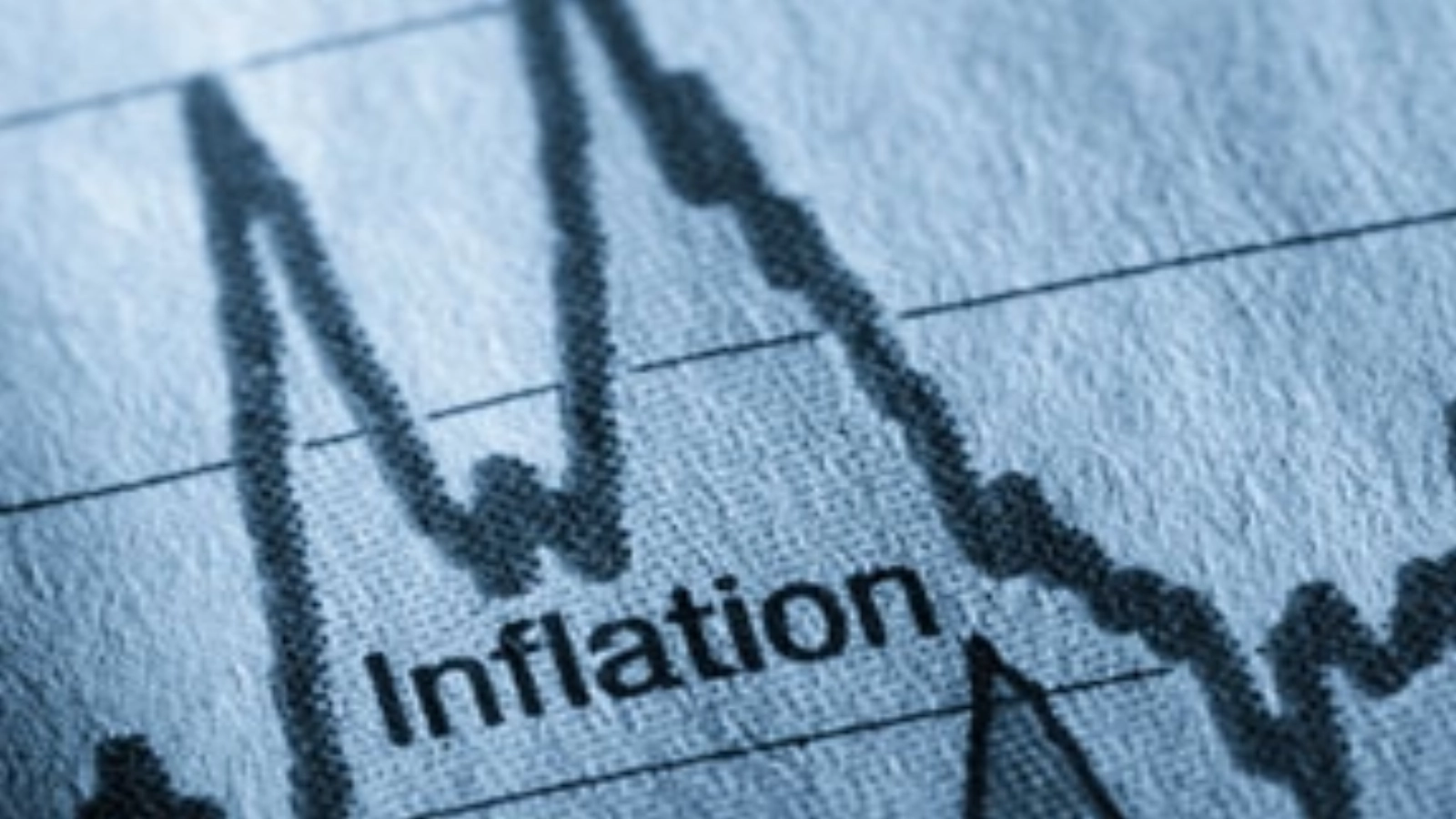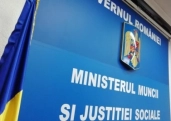Current assessments reveal the prospect of the annual inflation rate reaching a plateau at the end of the third quarter and of its very slow decrease in the following three months, amid the transitory effects beyond expectations exerted by the expiration on July 1 of the electricity price cap scheme and the increase, starting with August 1, of VAT and excise duty rates, according to the National Bank of Romania.
BNR mentions that the implementation, as a whole, of the fiscal-budgetary measures package adopted in July is, however, likely to lead to increasingly intense disinflationary pressures from fundamental factors over the longer term, especially from aggregate demand, mainly through the budgetary correction thus initiated in 2025 and probably intensified next year, which will also lead to a consistent adjustment of the current account deficit.
According to BNR, uncertainties remain, however, associated with the measures that will probably be adopted in the future in order to continue budgetary consolidation in accordance with the Medium-Term Budgetary-Structural Plan agreed with the EC and with the excessive deficit procedure.
Also, significant uncertainties and risks to the outlook for economic activity, implicitly the medium-term evolution of inflation, continue to come from the external environment, given, on the one hand, global trade tensions, as well as the war in Ukraine and the situation in the Middle East, and, on the other hand, plans to increase spending on defense and infrastructure investments in EU countries.
BNR specifies that, in this context, the absorption and maximum use of European funds, mainly those related to the Next Generation EU program, are essential for partially offsetting the contractionary effects of budgetary consolidation and geopolitical/trade conflicts, as well as for carrying out the necessary structural reforms, including the energy transition. The monetary policy decisions of the ECB and the Fed, as well as the attitude of the central banks in the region, are also relevant.
Based on the assessments and data currently available, as well as in the conditions of high uncertainties, the Board of Directors of the National Bank of Romania decided in its meeting on Wednesday, October 8, 2025, to maintain the monetary policy interest rate at 6.50% per annum. At the same time, it was decided to maintain the interest rate for the lending facility (Lombard) at 7.50% per annum and the interest rate for the deposit facility at 5.50% per annum. The Board of Directors of the National Bank of Romania also decided to maintain the current levels of the minimum reserve requirements for lei and foreign currency liabilities of credit institutions.































Comentează